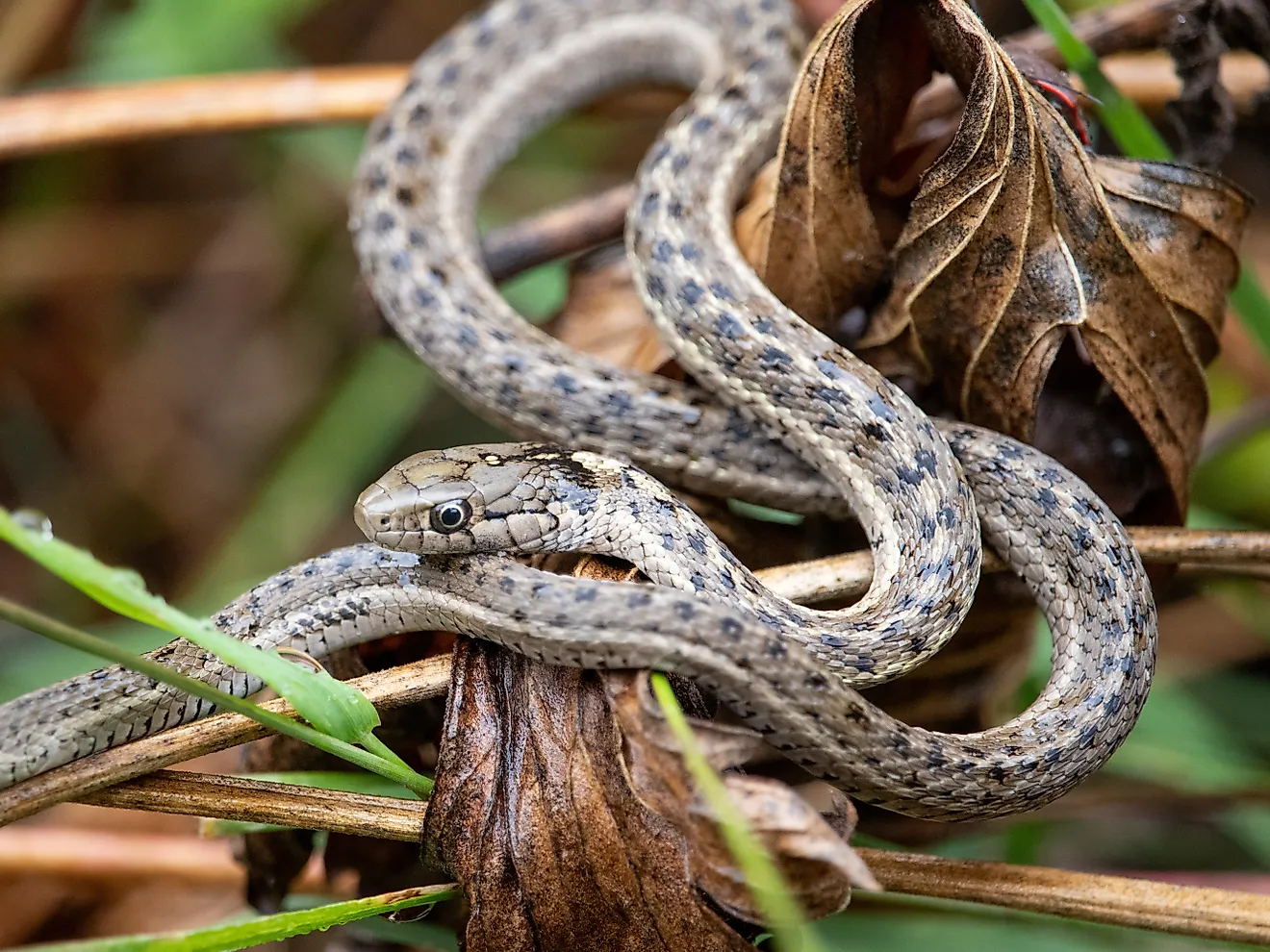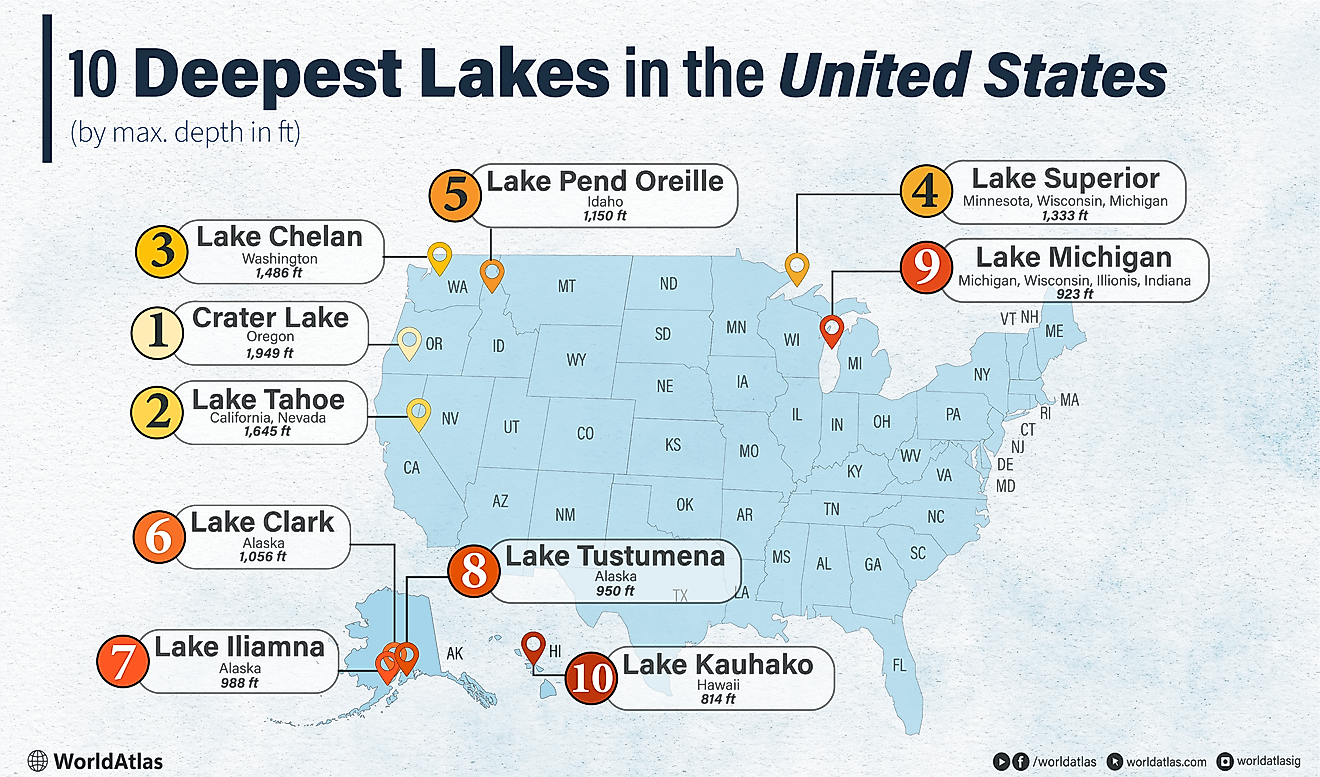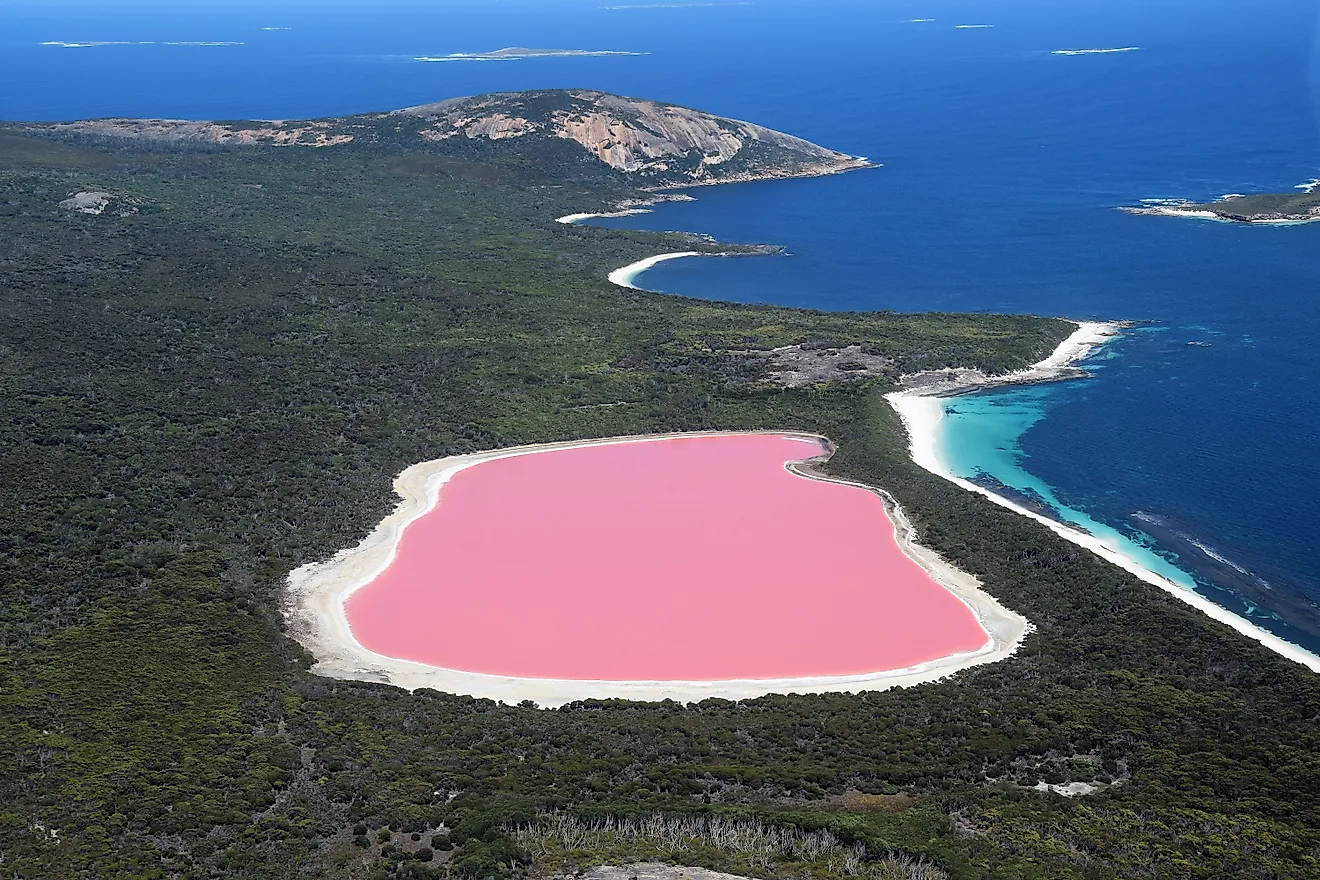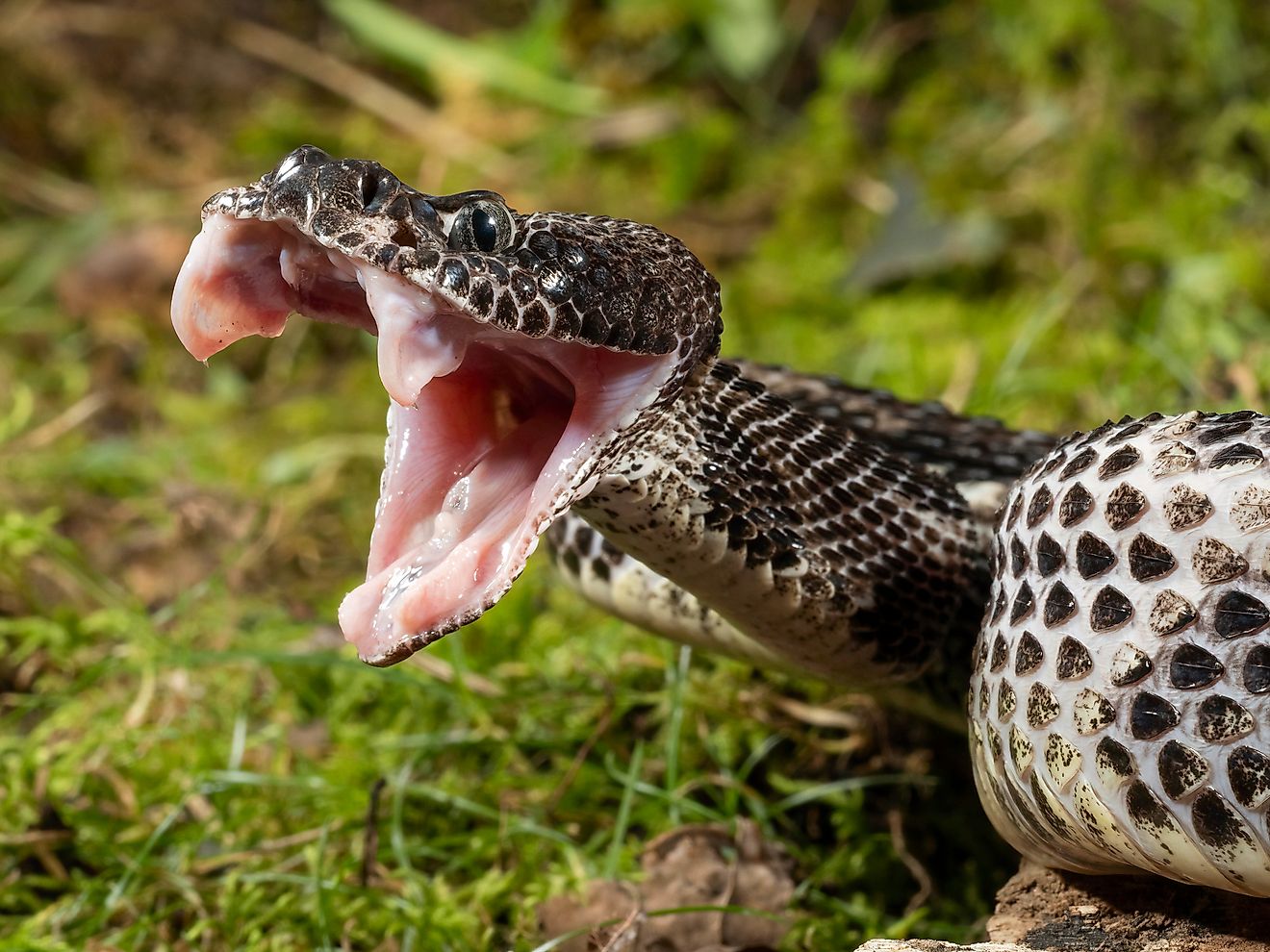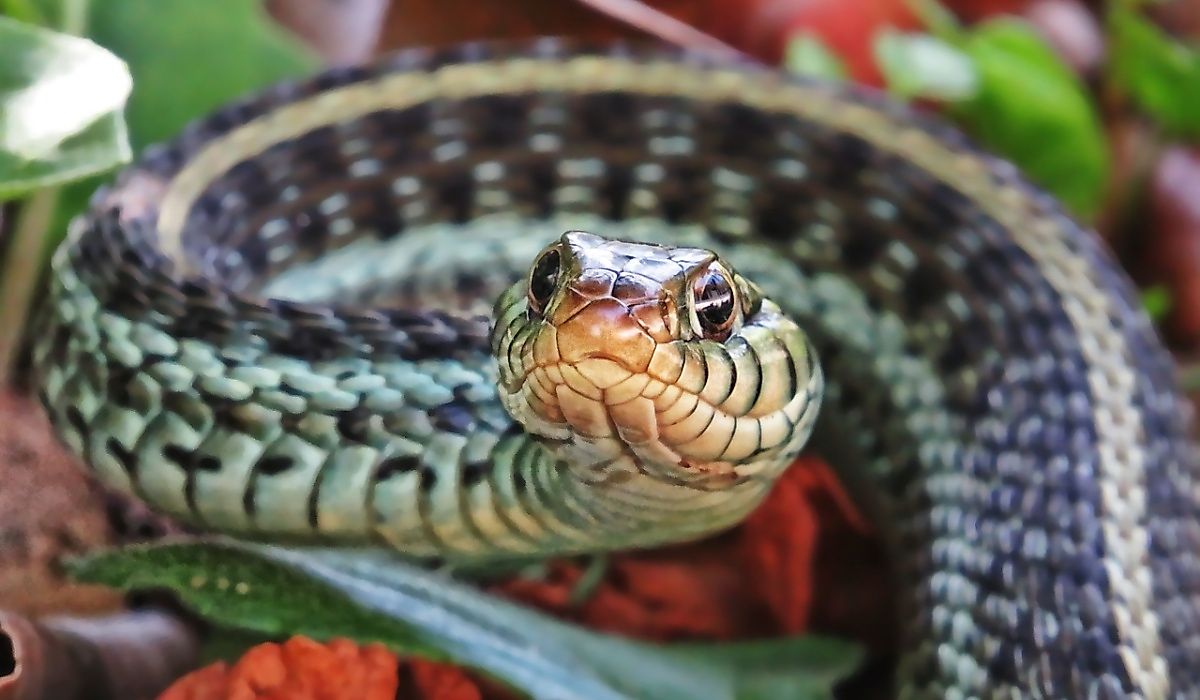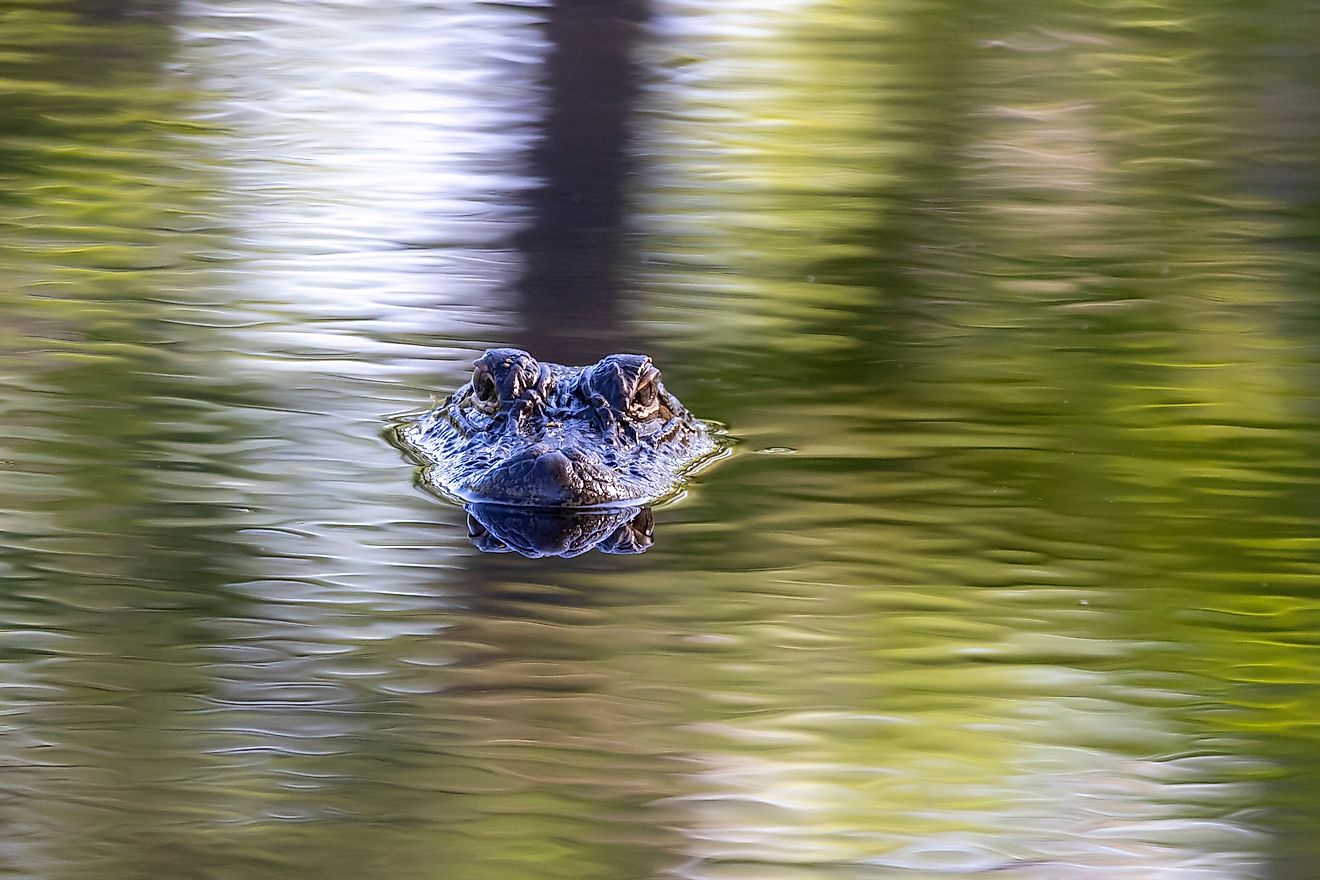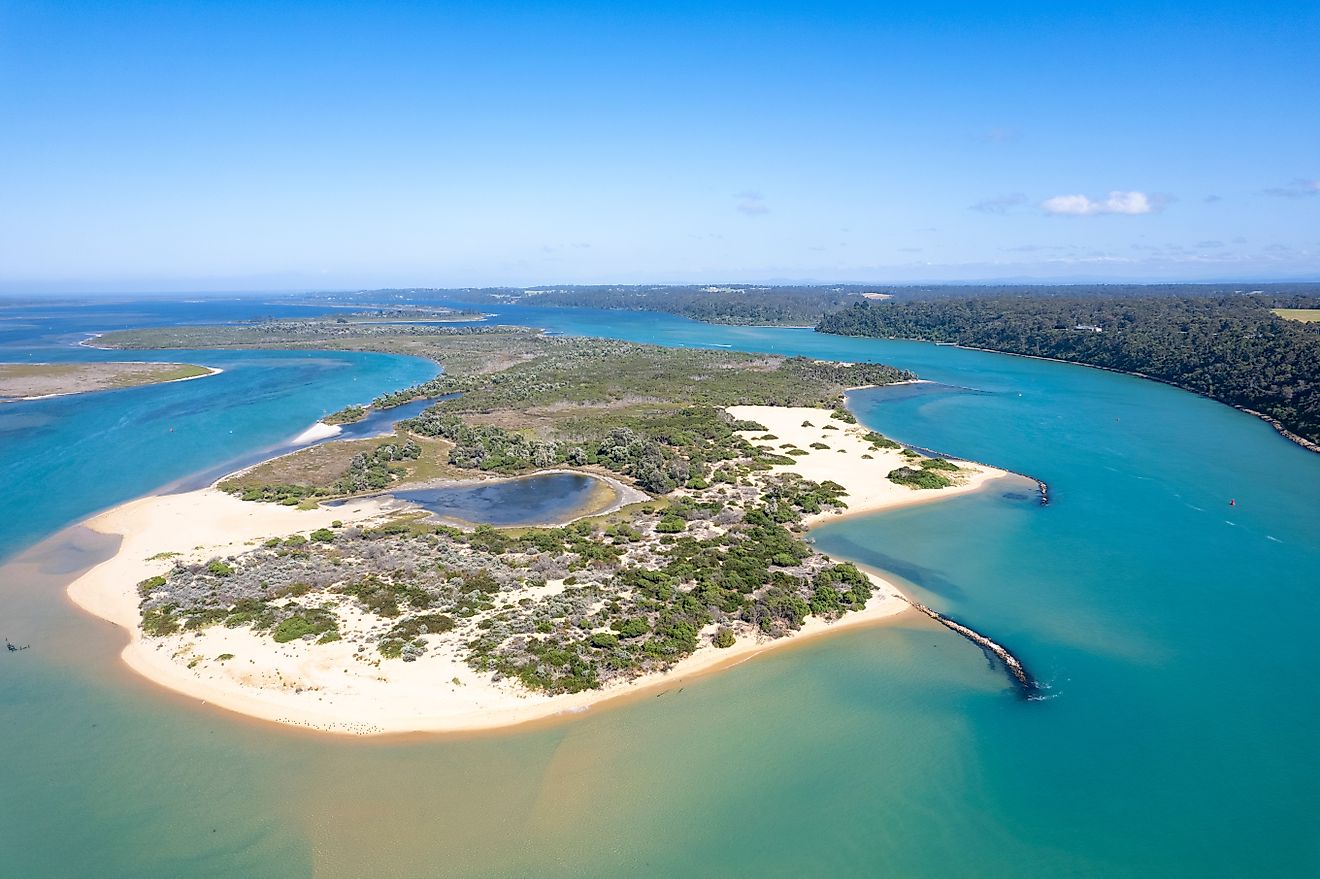
The 5 Coldest Lakes in the United States
Based on elevation, depth, latitude, and how long they stay icy each year, Yellowstone Lake, Lake Superior, Iliamna Lake, Lake Clark, and Crater Lake stand out as the five coldest major lakes in the U.S., with Yellowstone Lake arguably taking the crown.
But "coldest" isn't as simple as checking a thermometer once in January. Do we care about the chilliest recorded temperature, the average year-round temperature, or how long a lake stays locked in ice? By some measures, tiny alpine tarns or remote Arctic ponds would win easily, yet they're small, shallow, and barely studied. This list focuses instead on large, iconic lakes where cold shapes everything: ecosystems, local cultures, even shipwrecks.
Together, these five show how different paths can lead to the same bone-deep chill: volcanic craters filled with snowmelt, inland seas so deep they never truly warm, and Alaskan fjord-lakes scoured by glaciers and winter storms.
1. Yellowstone Lake
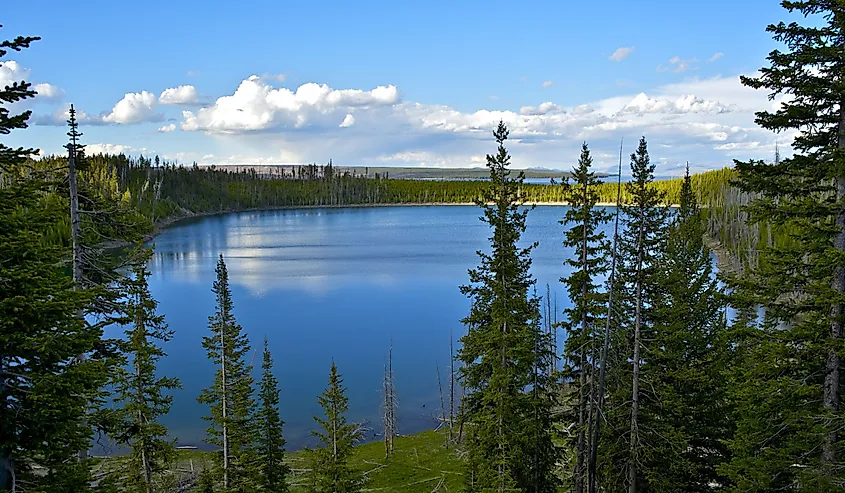
Yellowstone Lake in Wyoming's Yellowstone National Park is not just America's largest high-elevation lake; it's also among its coldest. Sitting over 7,700 feet above sea level in an active volcanic caldera, the lake stays frigid even in summer, with surface temperatures typically in the 40s and low 50s °F and ice cover that can linger from December into late May. This harsh climate shapes a stark, dramatic landscape of wind-lashed water, snow-capped peaks, and steaming shoreline geysers where hot springs meet near-freezing waves.
Beneath the surface, hydrothermal vents and rising "resurgent domes" reveal the restless magma system below. Despite the cold, Yellowstone Lake remains an important stronghold for native Yellowstone cutthroat trout, which support otters, bears, and birds of prey, but invasive lake trout threaten this web of life. Remote, raw, and geologically alive, Yellowstone Lake sets the freezing standard for North America's cold-water giants and how young Earth can feel.
2. Lake Superior

Lake Superior, the largest freshwater lake on Earth by surface area, is also one of America's coldest. Straddling the U.S.-Canada border, its vast, deep basin holds so much water that temperatures below about 200 metres hover near 4 °C (39 °F) year-round. Even summer surface readings often stay in the single digits Celsius offshore, and powerful autumn storms can whip that icy water into waves over six metres high.
The lake freezes partially in most winters and, in some years, nearly locks up end to end, turning this "inland sea" into a frozen plain. Cold this persistent has consequences: shipwrecks preserve eerily well in the depths, and bodies rarely resurface. Ecologically, Superior's nutrient-poor, ultra-clear waters support relatively low fish productivity, yet more than 80 species still haunt its reefs, bays, and rocky coasts. Immense, remote, and unforgiving, Lake Superior fully and unquestionably earns its place among the coldest U.S. lakes anywhere.
3. Iliamna Lake

Alaska's Iliamna Lake, the state's largest and one of the deepest in the United States, earns its place among the nation's coldest lakes. Spread across more than 1,000 square miles at the north end of the Alaska Peninsula, Iliamna sits in a maritime subarctic climate where long, dark winters lock much of its 988-foot-deep basin under ice. Even in summer, snow-dusted peaks, cold inflow rivers, and persistent winds keep surface waters brisk and clarity high, typical of its oligotrophic character. The lake's frigid, oxygen-rich waters nurture huge runs of sockeye (red) salmon and support one of the world's few populations of freshwater harbor seals, along with trophy rainbow trout and Arctic grayling. Remote villages dot the shoreline, relying on this cold giant for subsistence, transport, and identity. Add in legendary tales of the Iliamna "lake monster," and the chill here is as cultural as it is physical.
4. Lake Clark
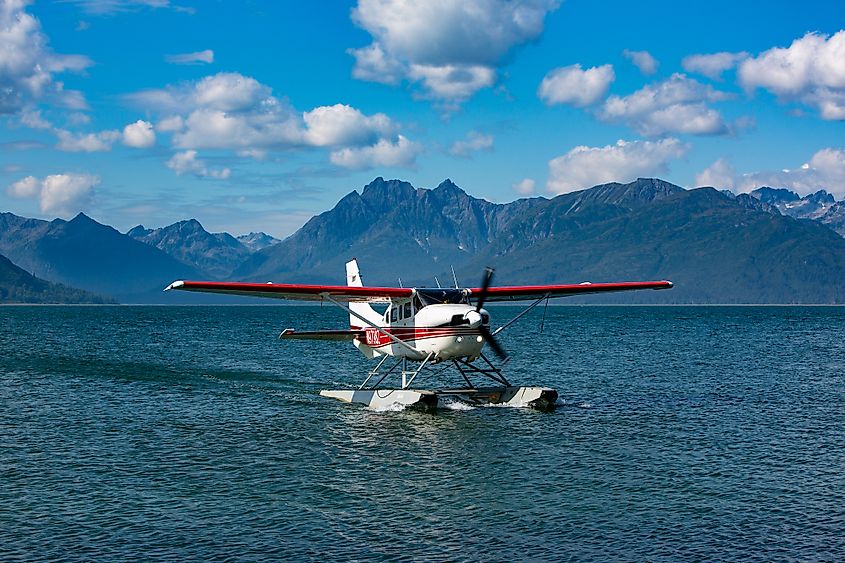
Located within Lake Clark National Park in southwest Alaska, Lake Clark is a long, fjord-like basin of icy, turquoise water fed by glaciers and snowmelt. Stretching about forty miles and plunging over a thousand feet deep, it stays bitterly cold year-round, with lingering ice and sudden katabatic winds that can turn the lake dangerous in minutes. Remote Dena'ina villages know it as a place where people gather, but this is no gentle meeting ground: frigid temperatures, pounding surf, and sheer mountain walls make access challenging. Lake Clark's cold, clear waters nurture salmon runs, brown bears, and truly wild Alaskan wilderness.
5. Crater Lake
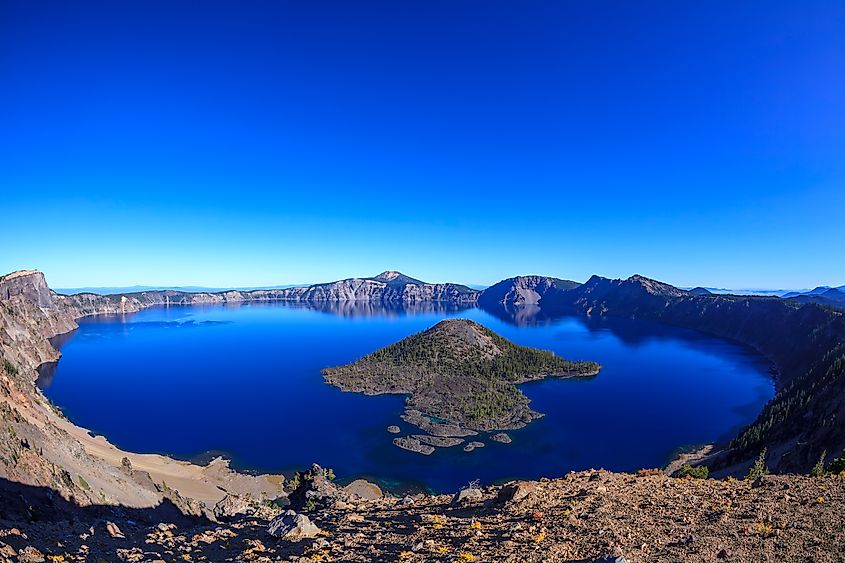
Crater Lake in southern Oregon combines extreme depth with alpine elevation to earn its place among the United States' coldest lakes. Filling the collapsed caldera of Mount Mazama at over 6,000 feet, it plunges nearly 2,000 feet deep, so even in summer a vast mass of water hovers just above freezing below the surface.
With no rivers flowing in, the lake is fed only by snow and rain, and the surrounding high country routinely piles up more than 450 inches of snow a year. Ice-rimmed cliffs, frosty air, and lingering snowfields keep surface temperatures brisk well into July, making a quick swim a shock even on bright blue days. That persistent cold, combined with slow water turnover, helps explain Crater Lake's famous clarity and deep sapphire color. As the crown of Crater Lake National Park, it is both a scenic icon and one of America's most extreme cold-water basins.
These five lakes show how depth, latitude, elevation, and climate combine to create worlds where cold is the architect of everything that lives, dies, and endures. They preserve shipwrecks, sustain salmon, shape Indigenous cultures, and anchor national parks. As warming accelerates, their ice seasons, ecosystems, and even clarity may change, making now the moment to pay attention to what these frozen giants are quietly telling us.
